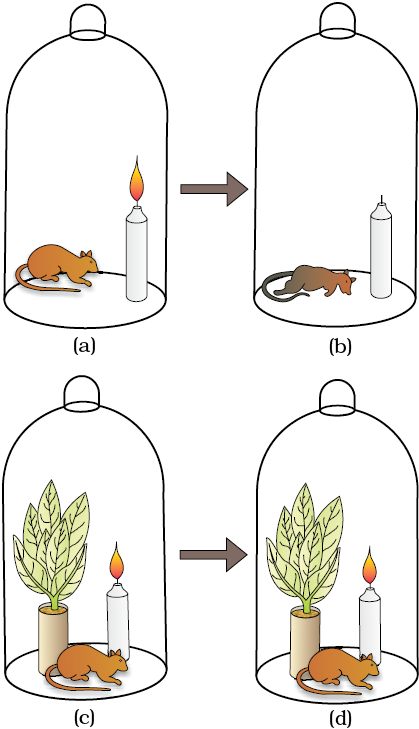All animals including human beings depend on plants for their food. Have you ever wondered from where plants get their food? Green plants, in fact, have to make or rather synthesise the food they need and all other organisms depend on them for their needs. The green plants make or rather synthesise the food they need through photosynthesis and are therefore called autotrophs. You have already learnt that the autotrophic nutrition is found only in plants and all other organisms that depend on the green plants for food are heterotrophs. Green plants carry out ‘photosynthesis’, a physico-chemical process by which they use light energy to drive the synthesis of organic compounds. Ultimately, all living forms on earth depend on sunlight for energy. The use of energy from sunlight by plants doing photosynthesis is the basis of life on earth. Photosynthesis is important due to two reasons: it is the primary source of all food on earth. It is also responsible for the release of oxygen into the atmosphere by green plants. Have you ever thought what would happen if there were no oxygen to breath? This chapter focusses on the structure of the photosynthetic machinery and the various reactions that transform light energy into chemical energy.
Let us try to find out what we already know about photosynthesis. Some simple experiments you may have done in the earlier classes have shown that chlorophyll (green pigment of the leaf), light and CO2 are required for photosynthesis to occur.
You may have carried out the experiment to look for starch formation in two leaves – a variegated leaf or a leaf that was partially covered with black paper, and exposed to light. On testing these leaves for the presence of starch it was clear that photosynthesis occurred only in the green parts of the leaves in the presence of light.

Another experiment you may have carried out where a part of a leaf is enclosed in a test tube containing some KOH soaked cotton (which absorbs CO2), while the other half is exposed to air. The setup is then placed in light for some time. On testing for the presence of starch later in the two parts of the leaf, you must have found that the exposed part of the leaf tested positive for starch while the portion that was in the tube, tested negative. This showed that CO2 was required for photosynthesis. Can you explain how this conclusion could be drawn?